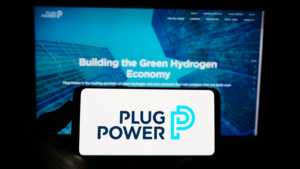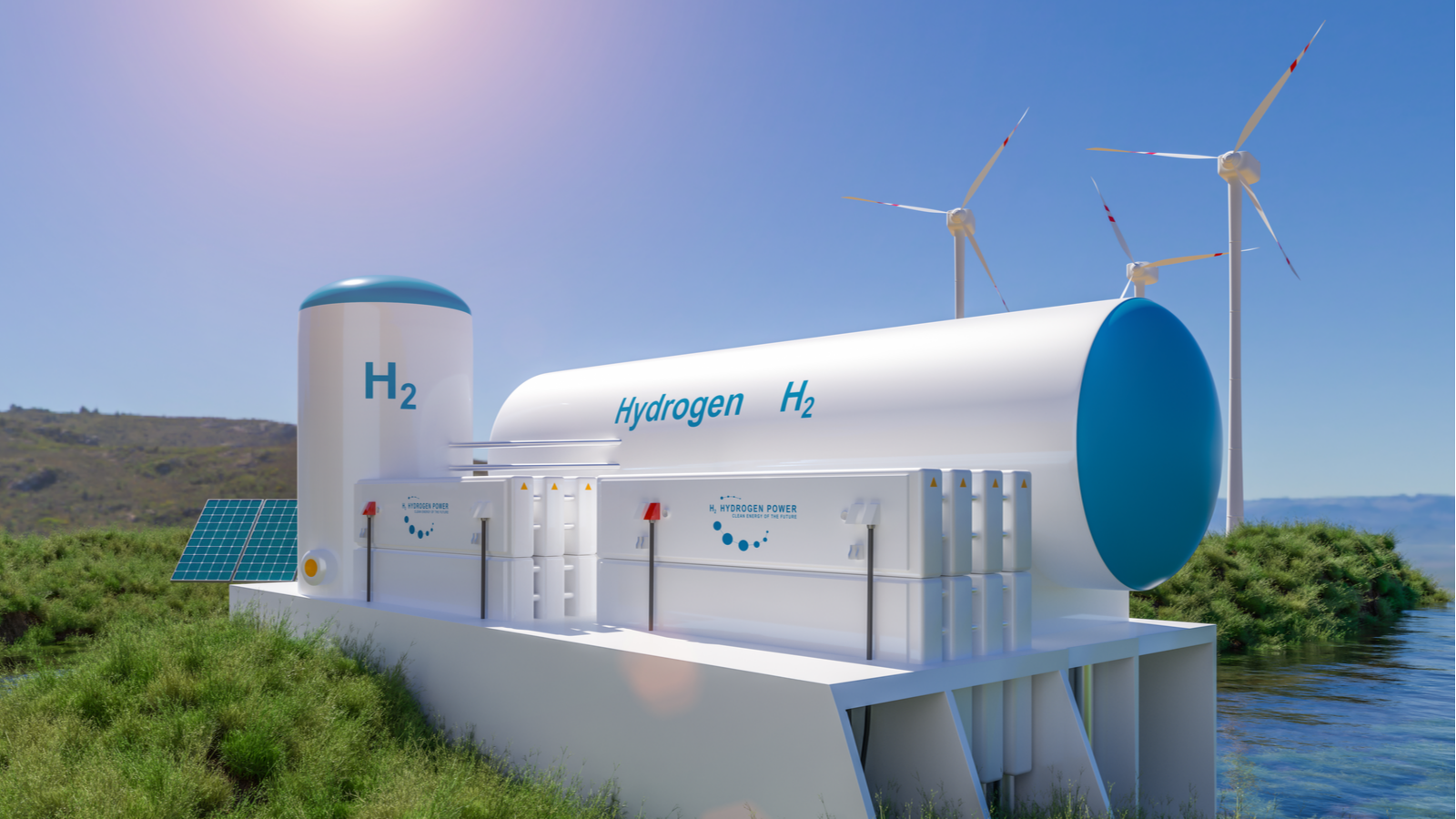Economies around the world are turning to clean energy sources in a bid to slow global warming, and that’s brought hydrogen stocks into demand. Hydrogen on its own is nothing new. Chemical companies have been producing and selling it for years. But using it as an energy source is a new concept. At present, it makes up around 0.1% of the world’s energy mix. That’s expected to surge to 10% by 2050 if we continue to push for net zero. And while 10% isn’t a massive slice of the pie, the growth between 0.1% and 10% in just over two decades opens the door for opportunity.
When it comes to hydrogen stocks to buy now, you have two strategy options. The first and more obvious choice is to go all-in on a company supporting the transition. That means companies that make and sell the technology we need to turn hydrogen into power efficiently. Ideally, you’re looking for a company that supports green hydrogen, the cleanest form there is. But other types of hydrogen, like blue and grey also come with a fair helping of opportunity.
For those without such a strong stomach for risk, there are some diversified picks. These are companies whose bread and butter come from other businesses, but they’re still building out a hydrogen business. While the highs won’t be quite as high for these picks while green energy picks up steam, the low risk of failure is minimal.
Let’s take a look at three hydrogen stocks together, focusing on two diversified picks and one all-in alternative.
Air Products & Chemicals (APD)

On the risk spectrum, Air Products & Chemicals (NYSE:APD) probably ranks lowest on this list of hydrogen stocks. That’s because hydrogen isn’t the only weapon in this chemical company’s arsenal. In fact, it’s only a drop in the bucket at present, because the group’s backed by an enormous international industrial gas business that supplies a wide range of industries and geographies.
However, it’s working to build out its green hydrogen arm with big capital commitments to its green and low-carbon hydrogen projects. APD’s contracts tend to be relatively sticky and stretch well into the future, meaning cashflow is reliable and healthy. That means the group can continue to fund its core business without compromising future growth in hydrogen.
APD is working to create a sprawling network for hydrogen plants, with more than 100 already under its umbrella. Given that most governments are keen to push the net zero agenda forward, the group also has a fair bit of support in getting its projects online. This will be a welcome tailwind as APD continues to build itself a top-tier foundation within the hydrogen energy space.
BP (BP)

Though it may not be top of mind when it comes to hydrogen stocks, BP (NYSE:BP) is another diversified player within the space that’s worth a look. While the group is mainly known for and certainly reliant on drilling for oil, BP is working to develop its hydrogen energy arm in one of several bids to remain relevant in a low-carbon future. In fact, unlike many of its other oil and gas peers, BP has set a net zero goal for 2050. A large part of this plan involves hydrogen energy.
The group says it plans to own some 10% of the hydrogen market in its key markets. If it can make good on those plans, that would offer investors some impressive growth opportunities as the market balloons.
BP is still worlds away from realizing its hydrogen potential—its currently developing various different types of hydrogen production facilities. But these projects appear to be promising, with management saying its UK-based plants could make up 15% of the region’s 2030 hydrogen target.
Plug Power (PLUG)

It’s impossible to talk about hydrogen stocks without bringing Plug Power (NASDAQ:PLUG) into the mix. The group is a leader in fuel cell technology and operates over 180 hydrogen refueling stations across North America. It’s a leader in the process of creating an end-to-end green hydrogen business that will produce, store and deliver the fuel cell.
Without a doubt, PLUG is well on its way to success, with a great deal of expertise across the entire value chain. However, the group’s been building by way of acquisitions, leaving cash thin on the ground. Management says profits are just around the corner, but investors aren’t quite as sure, given the increasingly challenging environment.
While Plug’s journey has been a rocky one, it looks like it could be in for more turbulence ahead. But ultimately, the group looks to be in a strong position among hydrogen stocks looking to capitalize on the market. Positioned to be a major beneficiary of government support for clean energy, PLUG will be well placed to make the most growing popularity for hydrogen fuel.
On the date of publication, Marie Brodbeck did not hold (either directly or indirectly) any positions in the securities mentioned in this article. The opinions expressed in this article are those of the writer, subject to the InvestorPlace.com Publishing Guidelines.
